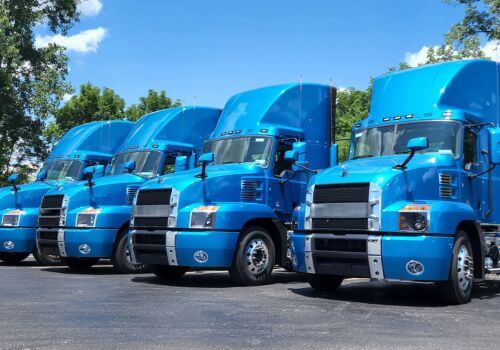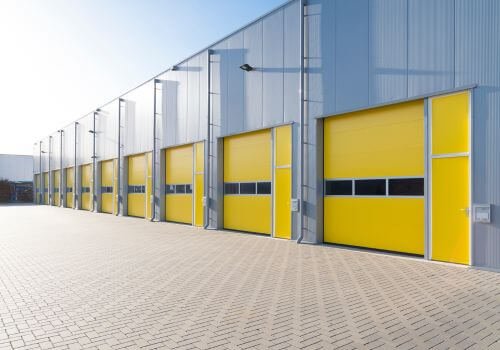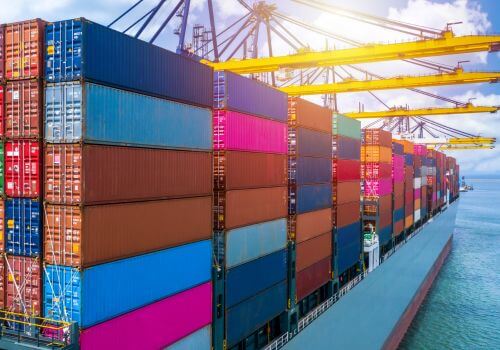In the logistics and transportation sector, understanding tare weight is crucial for efficient operations, accurate billing, and regulatory compliance. This comprehensive guide will explore the concept of tare weight, its importance in logistics, how it’s calculated, and its various applications across different modes of transportation.
What is tare weight in logistics?
Tare weight, often simply referred to as “tare,” is the weight of an empty container or vehicle used to transport goods. It’s the weight of the packaging or transport equipment itself, without the weight of its contents. Understanding tare weight is essential because it allows for the accurate calculation of the net weight of goods being transported.
Key components of tare weight:
- Container weight: The weight of shipping containers, boxes, or pallets
- Vehicle weight: The weight of trucks, trailers, railcars, or aircraft without cargo
- Packaging materials: The weight of wrapping, padding, or other protective materials
Why is tare weight important?
Tare weight plays a crucial role in various aspects of logistics and supply chain management. Here are some key reasons why it’s so important:
- Accurate billing: Knowing the tare weight allows for precise calculation of the net weight of goods, ensuring fair and accurate billing for transportation services.
- Compliance with regulations: Many countries have weight limits for vehicles on roads and bridges. Accurate tare weight information helps ensure compliance with these regulations.
- Efficient load planning: Understanding tare weight helps in optimizing cargo loading and distribution, maximizing the use of available space and weight capacity.
- Safety considerations: Proper knowledge of tare weight is crucial for maintaining safe loading practices and preventing overloading of vehicles or containers.
- Customs and international trade: Tare weight is often required for customs declarations and international shipping documents.
How is tare weight calculated?
The method of calculating tare weight can vary depending on the specific context and equipment involved. Below are some common approaches.
Method 1: Direct measurement
For containers, vehicles, or packaging that can be easily weighed when empty, direct measurement is the most accurate method. This involves using a calibrated scale to weigh the empty container or vehicle.
Method 2: Subtraction method
When direct measurement isn’t practical, the tare weight can be calculated by subtracting the net weight of the contents from the gross weight of the loaded container or vehicle.
Tare Weight = Gross Weight – Net Weight
Method 3: Standard tare weight
In some cases, standard tare weights are used for common containers or vehicles. These are predetermined weights based on average measurements for specific types of equipment.
Tare weight in different modes of transportation
Tare weight plays a crucial role across various transportation modes, with each sector having its own unique considerations and applications. Let’s explore how tare weight is utilized in road, sea, air, and rail transportation, highlighting the specific importance and challenges in each mode.
Road transportation
In trucking, tare weight typically refers to the weight of the empty truck and trailer. This information is crucial for:
- Determining payload capacity
- Ensuring compliance with road weight limits
- Calculating fuel consumption and efficiency
Truck drivers and fleet managers must be familiar with the tare weight of their vehicles to optimize loads and avoid overloading.
Sea freight
In maritime shipping, tare weight is particularly important for container transport. Standard shipping containers have predetermined tare weights, which are usually marked on the container itself. Common container types and their approximate tare weights include:
- 20-foot dry container: 2,300 kg (5,070 lbs)
- 40-foot dry container: 3,750 kg (8,265 lbs)
- 40-foot high-cube container: 3,940 kg (8,690 lbs)
Accurate tare weight information is crucial for:
- Proper loading of ships
- Ensuring stability during transport
- Compliance with maritime safety regulations
Air freight
In air cargo, tare weight includes the weight of Unit Load Devices (ULDs) such as pallets and containers used to consolidate cargo. Accurate tare weight information is critical for:
- Calculating the true weight of cargo
- Ensuring aircraft balance and safety
- Optimizing fuel consumption
Rail transportation
For rail freight, tare weight refers to the empty weight of railcars. This information is used for:
- Determining the maximum payload for each car
- Ensuring compliance with track weight limits
- Calculating shipping costs
In summary, Tare Weight is the weight of an empty container or vehicle, which allows logistics professionals to accurately calculate the net weight of goods being transported by subtracting the container’s weight from the total gross weight.







